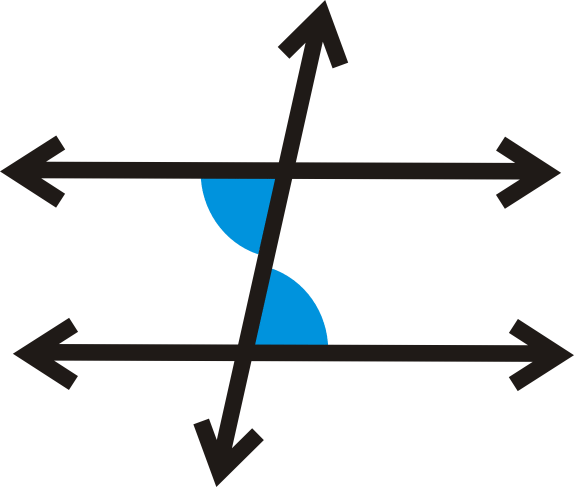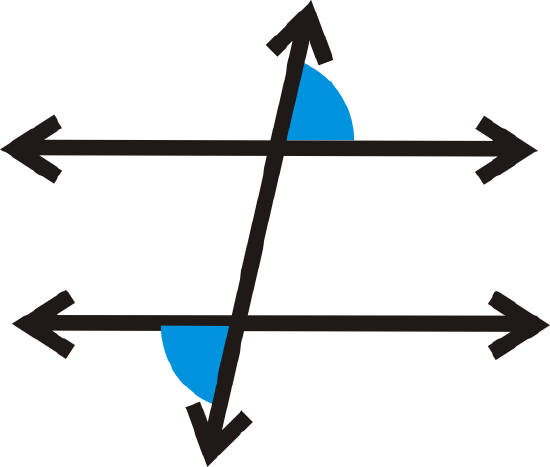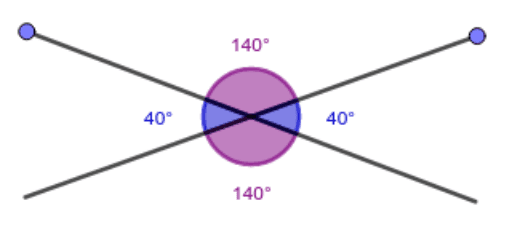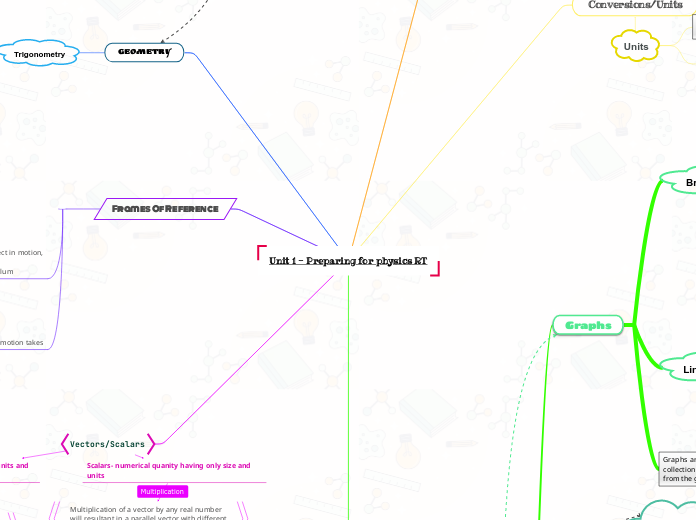Unit 1 - Preparing for physics RT
Angles

Alternate interior angles

Alternate exterior angles

Corresponding angles

vertically opposite angles
Geometry of angles
Triangles add up to 180
Quadrilateral add up to 360
Conversions/Units
Metric System
King Henry Died Unexpectedly Drinking Chocolate Milk ( used to remember the order)
Goes up by 10s(10^2, 10^3)
Units
Used to compare two or more
quantities
SI Units: System of Unit of measure
Length(m),Mass(kg),Time(s)
Properties of a function
Graphs
Broken line Graph

A broken line graph represents a data that progresses unevenly through an event.
Line of best fits

Line of best fits is a type of data that is meant to be alligned to a higher degree of correlation. It can either be a curved line or a straight line depending on it's situation.
Graphs are known to be a science based on a collection of data, making it easier to analyze data from the graph.
Domains

(X-Axis)
Rangeeeee (theres many e's because it keeps translating in french)
(Y-Axis)
X-Intercept

(Zero's)
Y-Intercept
(Initial values)
sign

Above or below the x axis/ y axis
Variation

Increasing, decreasing or constant.
Maximum

(Y-axis)
Minimum
(Y-Axis)
Geometry
Trigonometry
Pythagorean Theorem= c2= a2+b2
Cos= adj/hyp
Sin= opp/hyp
Tan= opp/adj
Frames Of Reference
studying and object in motion,
Position Vs Time
Consider a pendulum
The purpose: What you perceive
to be the motion of object, depends
on the observer.

Trajectories:The path and object in motion takes
Vectors/Scalars
Vectors- numerical quanity having size,units and direction
Put vector tails together and complete
the triangle, pointing the vector that
comes first in the subtraction.
Tip to tail method- connecting vectors and drawing R
1. use Sin and Cos to find components
2. given components steps
Y value= Ay=A sin θ
X value= Ax=A cos θ
1. create table to add together the Xs and Ys
2. use Pythagorean to find magnitude
3. use Tan-1 to find direction
magnitude= v|=√a2+b2
direction= θ = tan-1 (y/x)
Scalars- numerical quanity having only size and units
Multiplication of a vector by any real number
will resultant in a parallel vector with different
lengths.
direction is exactly the opposite
direction stays the same
